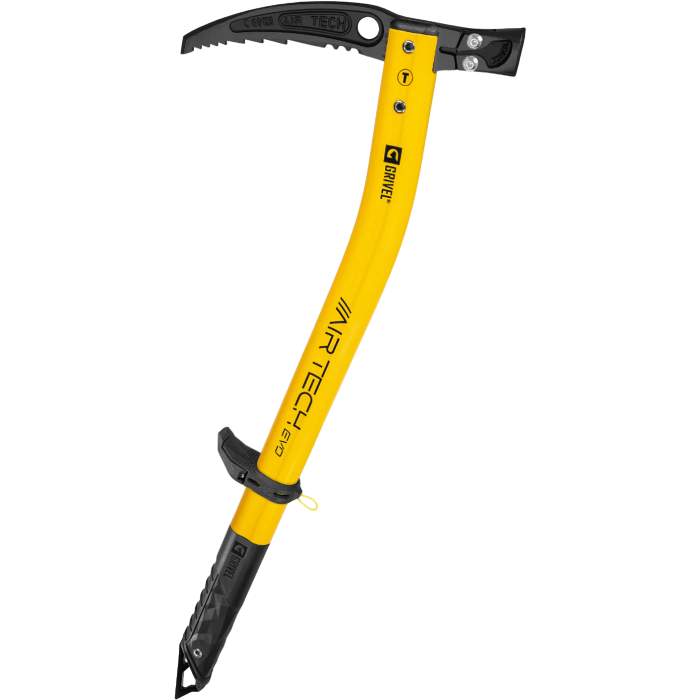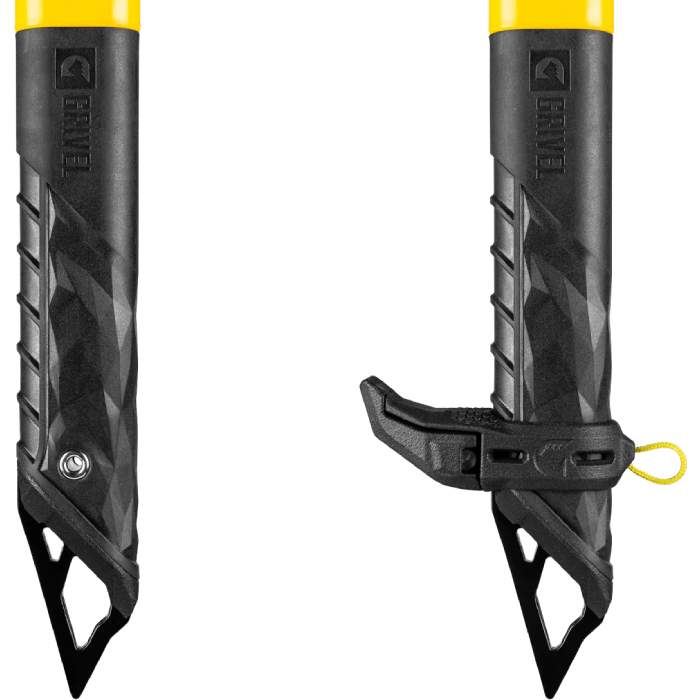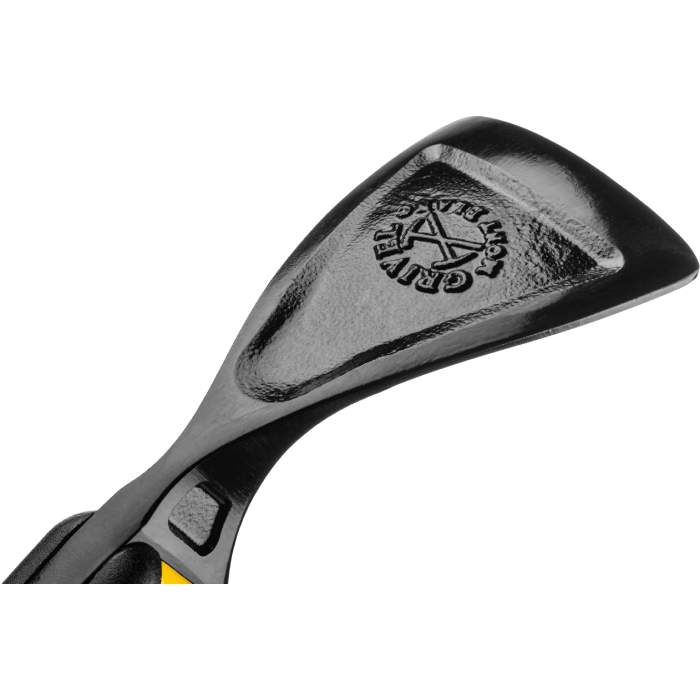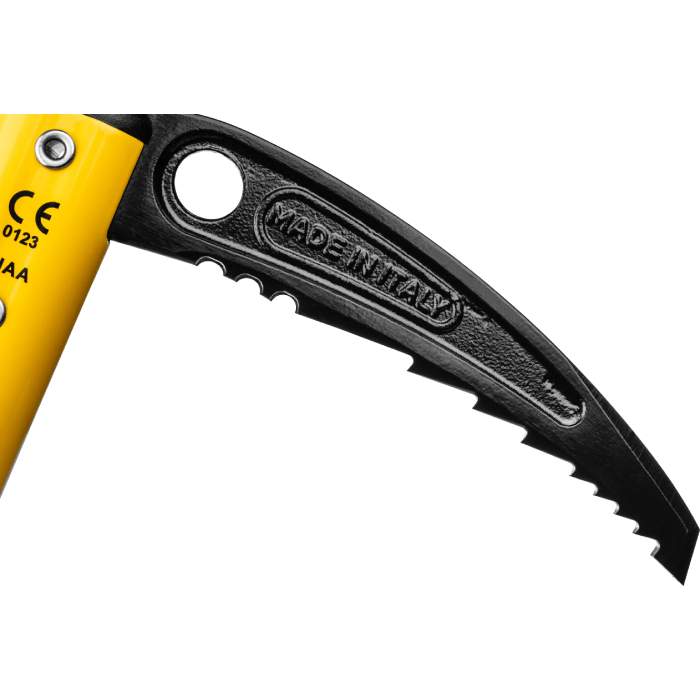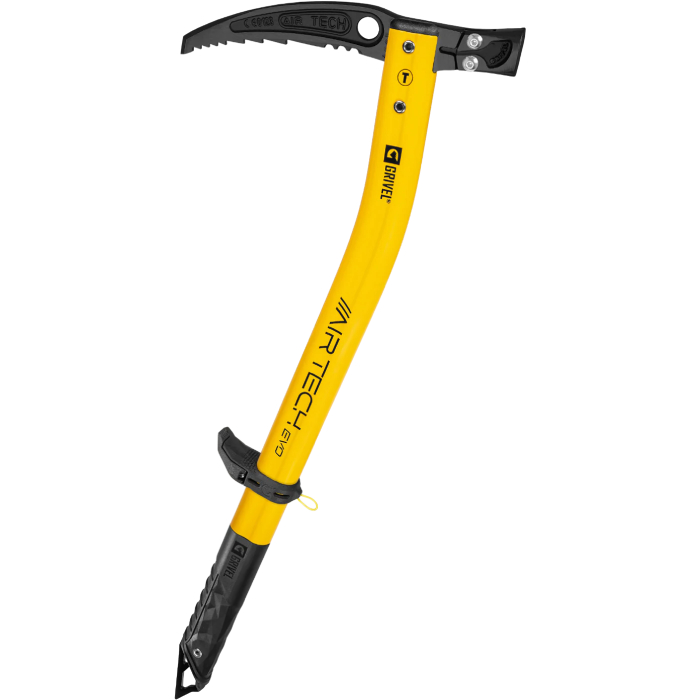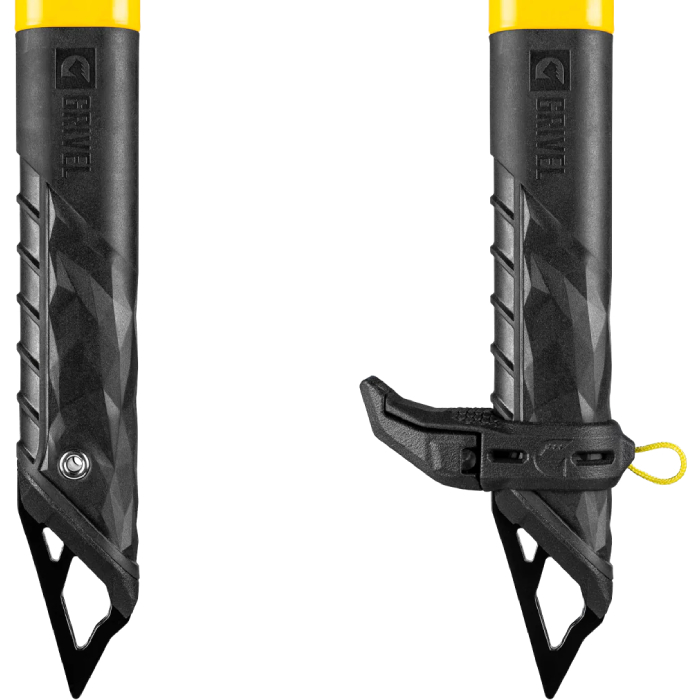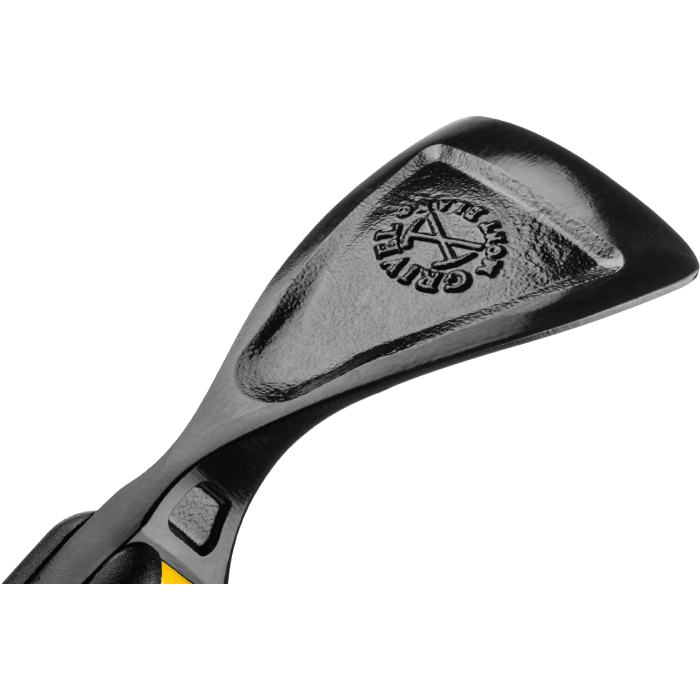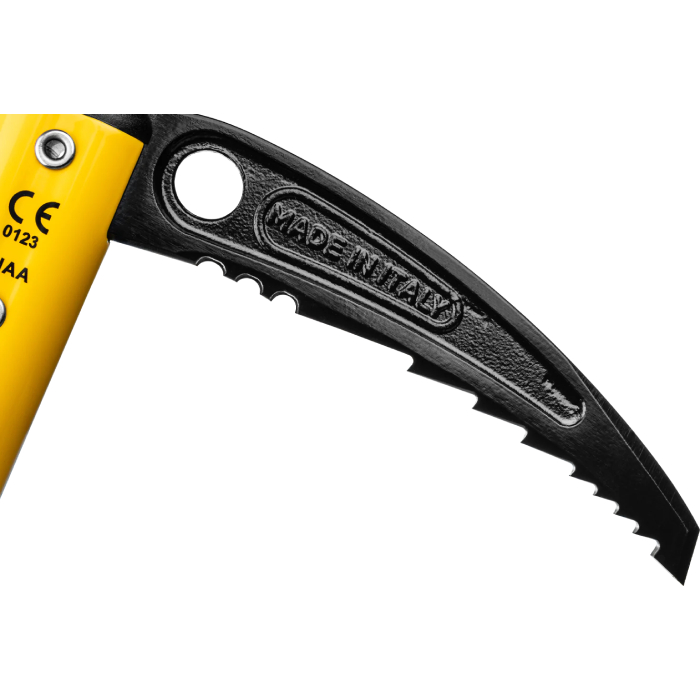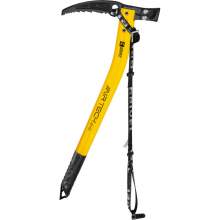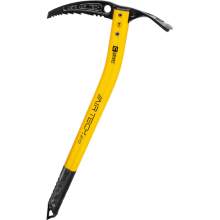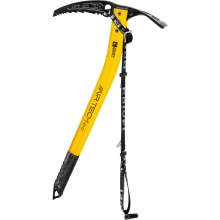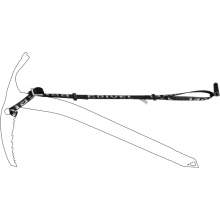Air Tech Evo T Hammer w/G-Slider
Description
Performance versatile ice axe for mountaineering, now a "classic" in its category.
Ice axe capable of providing a truly excellent performance. The steel blade hot-forged in one-piece makes it light, balanced and solid. The G-bone shaft with lateral grooves allows greater resistance with a lower thickness, for an excellent ergonomic grip along the entire shaft. The new rubber grip at the bottom makes it more comfortable to use on steeper terrain. You can have it simple, with the innovative G-Slider or with the adjustable Long Leash Evo. Ideal companion for all types of mountaineering.
Performance versatile ice axe for mountaineering, now a "classic" in its category.
Ice axe capable of providing a truly excellent performance. The steel blade hot-forged in one-piece makes it light, balanced and solid. The G-bone shaft with lateral grooves allows greater resistance with a lower thickness, for an excellent ergonomic grip along the entire shaft. The new rubber grip at the bottom makes it more comfortable to use on steeper terrain. You can have...
read moreRetail price
This Product is Hard to Find.
We don’t know where you can buy this item online in the US. We’ll continue to check all the major retailers and will update this page as soon as we find one.
If you know where to find this online in the US, let us know, and we’ll add the link.
Weight (g / oz)  | 611 g / 21.55 oz |
Best Use  |
Technical Mountaineering |
Length Options (cm)  |
48 cm, 53 cm |
Head Details  | Hammer Pair axe: Air Tech Evo T Adze w/G-Slider |
Ice Rating  | Pick: Shaft: T / Type 2 |
Materials  | Pick: Steel Head: One-piece hot-forged steel Shaft: Aluminium G-bone Grip: Rubber |
Certification  |
CE, EN, UIAA |
Warranty  |
|
No reviews yet.
If you know of a good product video that should be here, let us know, and we'll put it up.
If you're looking for gear videos in general, check out our Vimeo and YouTube channels to see the newest gear.


